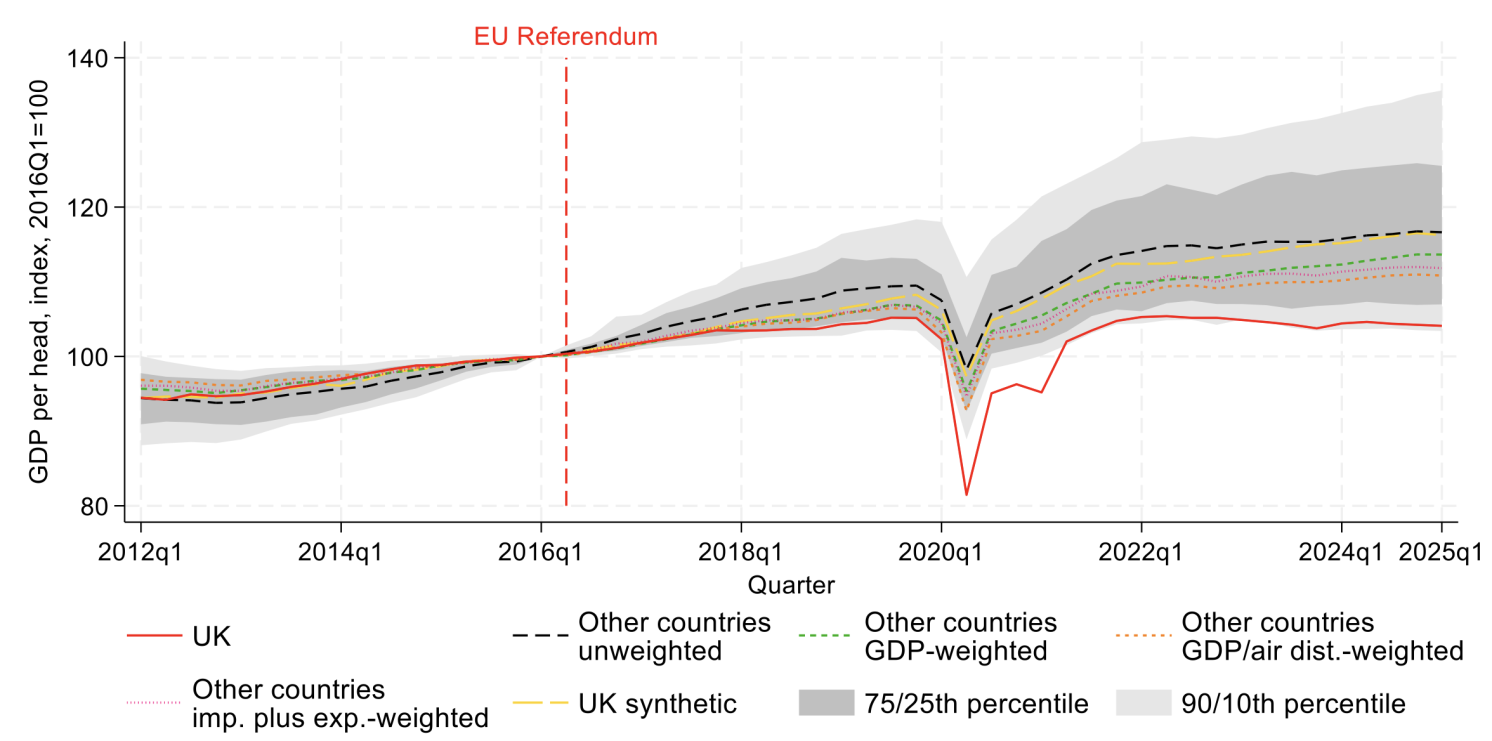Editor’s Note: This story originally appeared on Living on the Cheap.
When you think about cutting your budget, do you immediately think about everything you’re going to need to sacrifice?
It’s not very motivating to focus on what you’re going to lose, rather than how much you can gain by getting out of debt or saving more money toward your big goals.
Look on the bright side. There are definitely expenses you can cut that you won’t miss at all.
From expensive auto insurance to cable channels you don’t watch, we’ll show you savings areas that won’t cause you to give up things you love.
Here are seven ways you can save money without changing your lifestyle.
1. Compare rates on auto and home insurance

It doesn’t matter whether you rent or own your home, you have some sort of insurance and you may be paying too much.
For me, the difference in two rental insurance quotes was $600 annually. My friends who compared home insurance saved more than $100 per month by comparing and then switching companies.
To compare home insurance or car insurance rates, you can use online comparison sites or go to your state’s insurance commission website.
The insurance commission website is also a place to compare quality. You’ll see average prices, but you’ll also see the average number of annual complaints.
You’ll also want to read our article about saving money on car insurance.
2. Get on a better mobile phone plan

I have the oddest but best mobile plan ever. I saved about $20 per month by sharing a mobile plan with myself. It actually counts as a shared plan.
Call your mobile phone company and ask what other plans are available. Sometimes, the best way to save may be to skip the basic plan and pay more to get more. We’ve done a lot of the research for you.
For instance, right now I need to call my cellphone company to change to a plan that includes more data usage. I’m spending an average of $30 per month on data overage instead of paying $10 more for a plan that includes the amount of data I use.
Part of budgeting is always about being realistic about your habits.
Also, check into pay-as-you-go plans. Some have unlimited calling and texting plans for less than $50 per month. And consider how much of the expense of a contract is the phone itself.
Do you need the latest and greatest cellphone? If not, use your old phone and find a plan that covers calls, text and data.
3. Shop with a reverse grocery list

Grocery spoilage can kick your grocery budget up by anywhere from $50 to $500. It’s not unusual to throw out 25% or more of the groceries you purchase.
Two married friends of mine threw out hundreds of dollars per month in groceries because each of them bought groceries without asking the other what was already purchased.
The solution? Shop with a reverse grocery list — a list of the items you already have in your pantry and fridge so you don’t double buy items. Give this list to your spouse or partner if they’re grocery shopping.
You can also use apps such as My Pantry to track what you currently have in your home.
4. Save on restaurant orders without coupons

You can save on going out to eat by using Groupon and Restaurant.com coupons, but the restaurants on the list aren’t always the ones you’d choose.
You can eat cheaper at any restaurant by being choosy about what you’re ordering. You can order only appetizers, for example. Do trade-offs when it comes to dessert and drinks.
For example, I generally skip appetizers and alcohol, but I never worry about the price of my entree.
By skipping one or two items you don’t really enjoy, you’ll save more than $20 on one meal. Over the course of one month, eating out weekly, that’s $80 in savings.
Always check our Living on the Cheap site for the best dining deals each week.
5. Negotiate cable bills

Everything is negotiable, from cable to rent. When it comes to cable, start by looking at your bill and see what you enjoy. Then call your cable company and see what deals you’re offered.
For instance, I’ll only get movie channels beyond HBO if I’m offered a really cheap promotion such as a free channel for six months or a channel for $5.
When I called the cancellation department, they cut $15 off my monthly bill to retain me as a customer. That’s $180 of savings annually.
6. Review each clothing purchase

The best way to start managing your clothing budget is to think about the clothing you bought in the last six months and see what you’re wearing and what you aren’t.
There are probably a few items you bought that you wish you hadn’t. Write down why you bought each item.
Then, next time you shop, remember to think carefully about the items you regretted purchasing to avoid another regretful purchase. Our article on how to start a minimalist wardrobe can help.
Second, bring your smartphone with you. You can search for coupons. Lucky Brand Jeans may have a $25 off coupon while Express may offer an additional $50 off a $150 purchase.
Just remember not to overbuy at sales. Use the coupons to buy only what you had intended and you could save hundreds annually.
7. Earn cash rebates

Free money is always helpful, whether it’s from your credit card’s cashback program, Ibotta for groceries or the Upromise free online rewards program.
Your credit card may offer you 1.5% back on your purchases, even if you pay off your balance each month.
Upromise is a free rewards program where you start on the company’s website and get a percentage back of your online shopping purchases.
The money can be banked and sent to you as cash, put into a college savings account or applied to a student loan balance. As long as you don’t buy more than you intended, both options give you free money for savings without hurting your lifestyle.







































